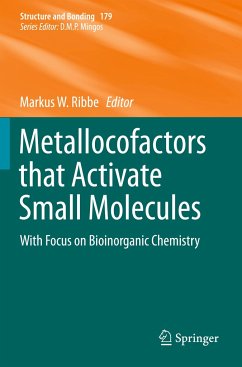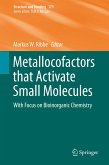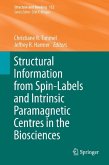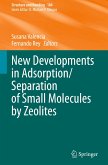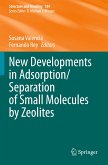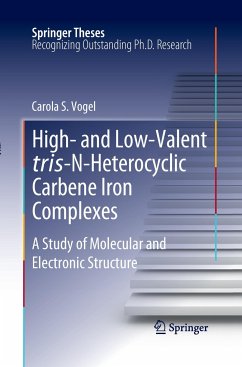This volume highlights recent progress on the fundamental chemistry and mechanistic understanding of metallocofactors, with an emphasis on the major development in these areas from the perspective of bioinorganic chemistry.
Metallocofactors are essential for all forms of life and include a variety of metals, such as iron, molybdenum, vanadium, and nickel. Structurally fascinating metallocofactors featuring these metals are present in many bacteria and mediate remarkable metabolic redox chemistry with small molecule substrates, including N2, CO, H2, and CO2. Current interest in understanding how these metallocofactors function at the atomic level is enormous, especially in the context of sustainably feeding and fueling our planet; if we can understand how these cofactors work, then there is the possibility to design synthetic catalysts that function similarly.
Metallocofactors are essential for all forms of life and include a variety of metals, such as iron, molybdenum, vanadium, and nickel. Structurally fascinating metallocofactors featuring these metals are present in many bacteria and mediate remarkable metabolic redox chemistry with small molecule substrates, including N2, CO, H2, and CO2. Current interest in understanding how these metallocofactors function at the atomic level is enormous, especially in the context of sustainably feeding and fueling our planet; if we can understand how these cofactors work, then there is the possibility to design synthetic catalysts that function similarly.

